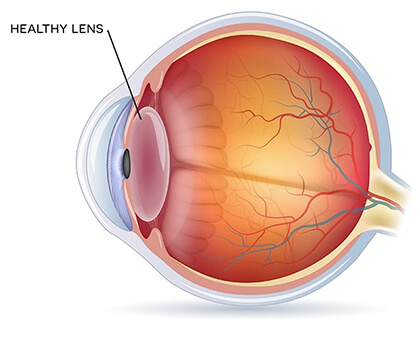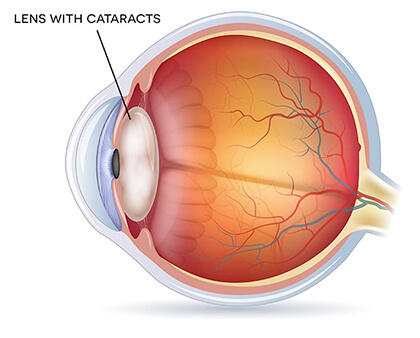Vision. Renewed.
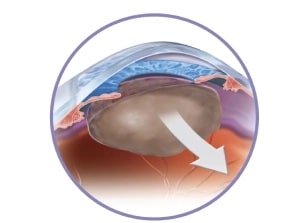
1 Cataract Removal
Through a tiny laser-created opening, Dr. Shatz removes your aging, poorly functioning lens.
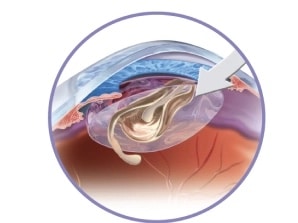
2 Lens Insertion
Dr. Shatz replaces your original lens with a new, artificial lens customized to your particular vision needs.
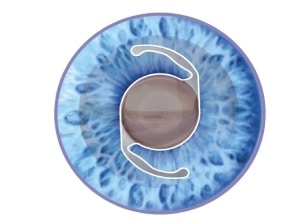
3 Vision Renewed
With a new lens, you can experience renewed vision at near, intermediate, and distance free from cataracts, for life!
Cataracts. Simplified.

A Normal Part of Aging
Most people will develop cataracts by the time they are in their 50s.

You Have Options
Our customized vision correction options allow you to determine that kind of vision you want after cataract surgery.

A Trusted Surgery
Cataract surgery is one of the more successful surgical procedures of all time.
About Cataracts and Cataract Surgery
Cataract is a clouding of the normally crystal-clear lens, which decreases vision quality. This condition eventually affects both eyes. The lens sits behind the iris – the color of the eye – and is responsible for approximately 1/3 of the eye’s focusing power.
The natural lens changes shape as you look at close objects, providing near vision. This ability to focus at near starts to diminish beginning in our mid-forties as the lens slowly hardens – a term called presbyopia. In addition, as we age, or after exposure to certain chemicals or ultraviolet light, the lens loses its clarity. Everyone usually develops cataracts, which are the leading cause of reversible blindness.
Early symptoms of cataracts may include a continually changing lens prescription; decreased comfort when driving at night; glare, starbursts, and halos around lights; and blurred near vision, especially in dim light. With time, these changes make it increasingly difficult to read even in the brightest lighting conditions. People often give up driving, limit the amount they read, and find it difficult to play sports.
Cataract surgery replaces the worn-out lens with a clear intraocular lens implant (IOL). This outpatient procedure takes about 10 minutes to perform per eye, requires only eye drops as an anesthetic, and has a quick recovery time.
Special testing is performed to create your ideal vision plan. Depending on the type of IOL you choose, cataract surgery can improve your distance, intermediate and near vision, providing freedom from glasses at all ranges!
Whether you choose multifocal implants to provide distance, intermediate, and near vision, monovision to allow one eye to see far and one to see close, or single vision for distance or near, the IOL is selected to correct your individual prescription needs.
Individuals who suffer from nearsightedness, farsightedness, and/or presbyopia – even if they do not have cataracts – can take advantage of a procedure that is identical to cataract surgery. Lens replacement surgery replaces the natural lens with an IOL to permanently improve distance, intermediate, and near vision. It is ideal for patients in their late 40s and older, or for anyone who requires reading glasses. As with cataract surgery, the choice of implant is based on the health of your eyes as well as your vision needs.
Once the IOL is in place, the focus it provides does not degrade over time. Additionally, unlike the natural lens, the IOL will not cloud up over your lifetime, so once you have a cataract or refractive lens exchange procedure, you will never develop cataracts again or need to repeat this surgery!
At SightTrust Eye Institute, we offer our patients the option of treating both eyes on the same day, rather than one at a time. This provides a shorter healing time and quicker visual recovery, allowing you to see the best you can the soonest possible!
